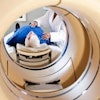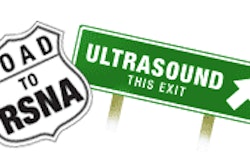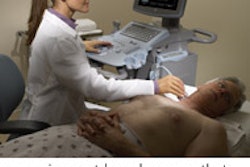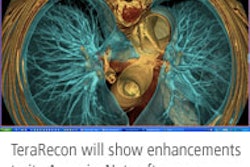As director of cardiothoracic radiology at Emory Hospital in Atlanta, Dr. Stefan Tigges felt he was wasting hours each day, reading "routine" or "screening" chest radiographs that were overwhelmingly normal. So he decided to test his anecdotal sense.
His findings, if not surprising, were about as bleak as possible. Out of 1,282 routine and screening radiographs ordered by Emory's primary care outpatient clinic over a one-year period, not one turned up a treatable disease (Radiology, November 2004, Vol. 233:2, pp. 575-578).
Given that the routine and screening x-rays at Emory made up some 34% of the total requested by the primary care clinic, it means a substantial percentage of their requests "are essentially unnecessary," Tigges and his colleagues concluded.
Other studies have confirmed the low yield of routine radiography in pediatric patients, preoperative patients, veterans, and other groups. However, this was the first study to evaluate chest x-rays for primary care patients, who are likely to be healthier than hospitalized patients.
Out of the 1,282 radiographs, only 15 showed a major abnormality. However, 14 of those were false-positives that generated only unwarranted anxiety and follow-up costs.
And the one patient with a true-positive finding was also arguably worse off for the experience, Tigges said in an interview with AuntMinnie.com.
The patient endured a partially collapsed lung during a follow-up biopsy -- which confirmed that his adenopathy was stage I sarcoidosis -- but received no treatment for the underlying disease because he was asymptomatic.
Overall, "we spent close to $50,000 (on imaging) and our yield of treatable diseases was zero," Tigges said.
To be exact, the $46,609.49 cost calculated by the researchers reflected the Medicare reimbursement of $35.05 per two-view radiography for 1,288 original and follow-up x-rays, four noncontrast follow-up CTs at $283.51 each, and one contrast-enhanced CT at $331.05.
The actual cost to payors was much higher, Tigges said, as the clinic charges $105 for chest x-rays in "executive physicals" or pre-employment screenings and generally receives that fee.
Given the shortage of radiologists, the lost opportunities may be far greater than even the dollars might indicate.
"To take our time and use most of it up looking at studies that are normal and are not going to help somebody -- or that may even end up harming them -- is a terrible waste of resources," Tigges stated.
"I'd rather focus my efforts where hopefully we could do some good," he continued, "for example, looking at some cardiac CT scans where I might actually find something important that somebody can use to treat somebody and improve their outcome."
But changing the ordering habits of primary care physicians may be difficult, especially when employers require the exam for employees.
"I think when patients or companies want something, that it's very hard to influence those types of decisions," Tigges acknowledged.
Not that patient preferences don't evolve: Tigges is also seeing the routine chest x-rays in executive physicals replaced by screening CT requests. "So the next step would be to look at the screening CT exams and see if they result in a similarly low yield of treatable diseases," he said.
In general, "the best thing that we can do is publish articles like this," he concluded. "Maybe people will look at this and decide that maybe they really don't need these x-rays."
By Tracie L. Thompson
AuntMinnie.com staff writer
November 12, 2004
Related Reading
Court allows suit over radiologist's findings in pre-employment x-ray, August 20, 2004
X-ray management plan catches lung cancers early, May 28, 2004
MDCT panel addresses CT screening issue, June 25, 2004
Copyright © 2004 AuntMinnie.com



















